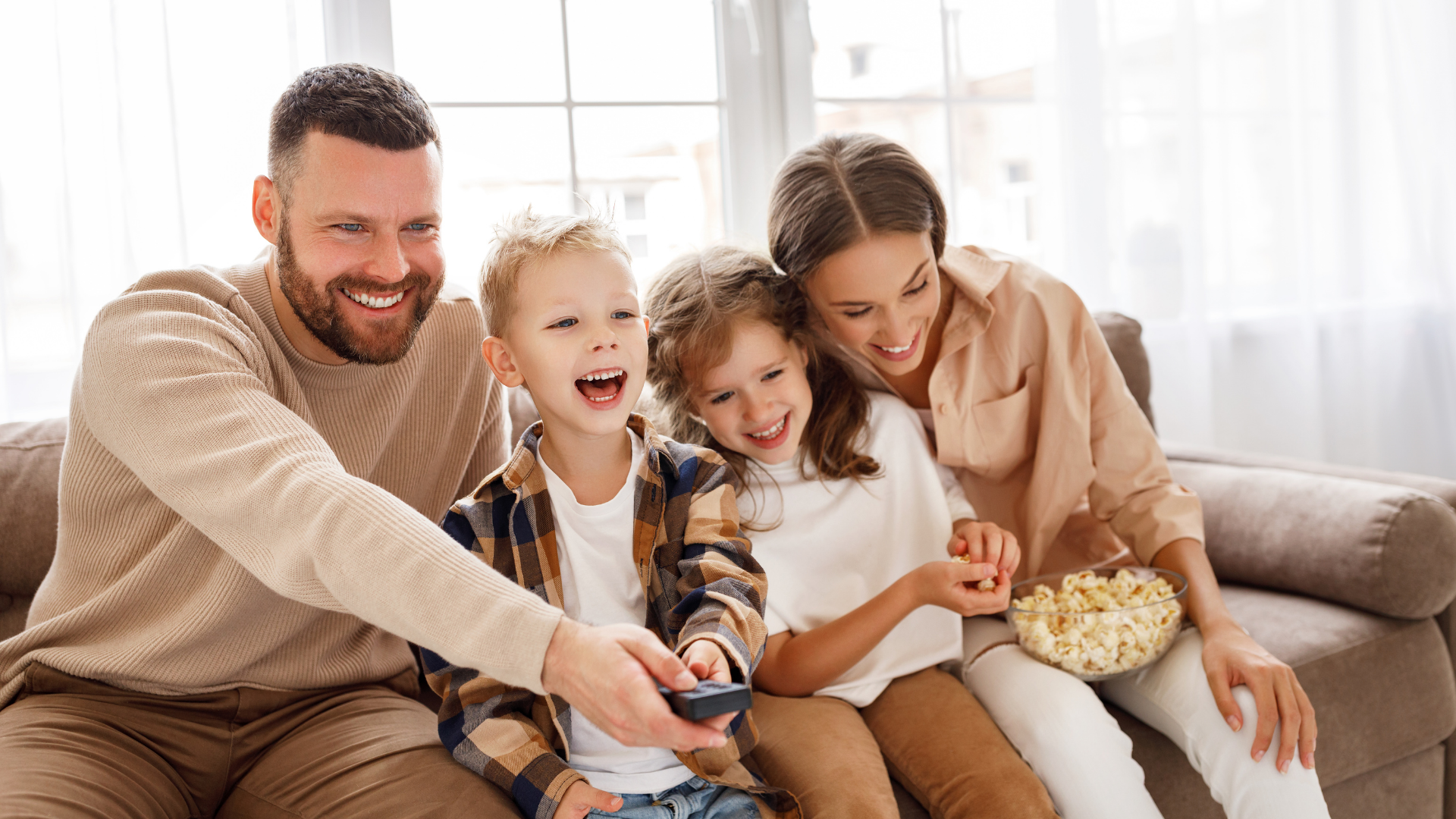Are Interest Rates Going Up and Down at the Same Time? COVID-19
If you’re paying more attention to the Canadian economy due to COVID-19, and it seems like you’re getting mixed messages; that mortgage interest rates are going both up and down at the same time, you’re not that far off. There are a lot of moving parts, and to find clarity, we need to make sure we’re comparing apples to apples, and oranges to oranges.
Let’s begin by acknowledging that not all interest rates are the same. The term “interest rates” can mean a lot of different things in news story headlines.
The Government “overnight rate” is different from the “qualifying rate”, which is different from the banks “prime rate”, which is different from “variable rates”, which is different from the “discount on a variable rate” which is different from “fixed rates”.
Here’s a list of the different types of mortgage rates, a quick summary of what they are, the direction they’re going, and how they impact you.
Target for the Overnight Rate.
Also known as the policy rate, this is the rate that the Bank of Canada (The Government) controls. When the Bank of Canada changes the Target for the Overnight Rate, this change affects other interest rates in the economy.
Typically there are only eight days in the year for the Bank of Canada to announce if they will change the rate. However, given the recent COVID-19, the Bank of Canada has made special announcements.
The overnight rate was set with a target of 1.75% for a long time before the pandemic.
March 4th 2020, the rate was lowered to 1.25%. March 16th 2020, the rate was lowered to 0.75% in an emergency rate cut. March 27th 2020, the rate was lowered to 0.25% in a second emergency rate cut.
The overnight rate now sits at 0.25% with April 15th 2020, as the next scheduled announcement date.
By cutting interest rates, the government hopes to stimulate economic growth. Lower financing costs encourages borrowing and investing, which is what our government believes will get us through this pandemic.
Qualifying Rate
Also known as the Benchmark Qualifying Rate or the five year qualifying posted rate, this is another rate set by the government. If you’re getting an insured mortgage, the government wants to make sure you will be able to afford your mortgage at the end of your term (in case interest rates go up). So they make you qualify for your mortgage at a higher rate than you will actually be paying.
The government has recently dropped the qualifying rate from 5.19% to 5.04%. This decrease, like the drop in the overnight rate, is meant to help stimulate the economy. The average Canadian will qualify to borrow an additional $10,000 with this drop.
Banks Prime Rate
The banks prime lending rate isn’t the same as the overnight rate; however, the banks prime lending rate is impacted by the overnight rate. Each bank sets its own prime lending rate. When the Bank of Canada moves the overnight rate, typically the prime rate at each bank will follow.
Because of the emergency rate cut on March 27th, banks lowered their prime lending rate to 2.45%. Some banks moved immediately, while some made the change effective April 1st, which means the savings will be seen on May 1st, but they all did lower their prime rates.
The prime lending rate is used by banks to determine rates on floating mortgage products (like the variable rate), lines of credit, home equity lines of credit (HELOC), and some credit cards.
If you currently have a variable rate mortgage or a HELOC, a lower prime rate means that you are now paying less interest on your existing mortgage, this is a good thing.
Variable Rate Mortgage
A variable rate mortgage is a mortgage that fluctuates with the prime lending rate. Typically, the mortgage rate will change with the prime lending rate and includes a “component” or “discount” to the prime rate +/- a specified amount, such as Prime – 0.45%. The lender sets this component to prime.
So, if you have a variable rate mortgage at Prime -0.45%, the rate you’d be paying today (with a prime rate of 2.45%) is 2%.
This is where it gets a little confusing because while the government is trying to stimulate the economy by lowering the overnight rate, banks have followed by lowering their prime rate, but at the same time have increased the component to prime – by the same amount 0.5%.
Although there are immediate savings for existing variable rate mortgage holders, anyone looking to get a new variable rate mortgage will do so at a higher rate than a few weeks ago.
Fixed Rate Mortgage
As its name suggests, a fixed rate mortgage is where your mortgage rate stays the same throughout your term. Your rate isn’t tied to the prime lending rate but rather is unmoved by outside factors. With all the uncertainty in the Canadian economy, lenders have actually been increasing rates for new fixed rate mortgages.
So while the government is doing all they can to keep rates low, why are banks increasing fixed rate mortgages?
Well, banks are in the business of making money, and given that over 2 million Canadians have applied for some kind of assistance to get through COVID-19, the fear is that mortgage delinquency will go up considerably as the coronavirus financially impacts people.
Banks are increasing fixed rates to protect themselves against economic uncertainty.
So what does this mean for you? Well, as everyone’s financial situation is different, it’s impossible to give blanket advice that applies to everyone. But here is some general advice.
Existing Variable Rate Holders
You’re doing well. The recent drop in the banks prime rate to 2.45% has lowered the amount of interest you are paying on your mortgage. You have a discount to prime for the remainder of your term that isn’t currently available in the market. Your mortgage rate is one of the lowest in Canadian history.
As the next announcement by the government will be April 15th 2020, there is a chance your rate could go even lower.
If at this time, you’re considering locking your variable rate into a fixed rate, that would significantly increase the amount of interest you are paying. As fixed rates have increased over the last weeks, this isn’t a good option right now.
The reason you went variable in the first place is the reason you should stay variable at this point. With all the economic uncertainty, the prime rate won’t be going up anytime soon.
Existing Fixed Rate Mortgage Holders
Your fixed rate is set lower than the fixed rates currently being offered. If you break your term now, you will incur a higher penalty. So unless you must make a move, it would probably be best just to stay the course.
Hopefully, fixed rates will go down when the economic uncertainty winds down, and rates will be in a good spot when your term comes up for renewal.
Are you looking for a new mortgage?
The most important thing for you going forward is flexibility. Variable rates are still historically low, and although fixed rate mortgages have gone up over the last weeks, there are many great options, maybe a shorter term is a better fit for you?
The best place to start is to contact me directly so we can go over your financial situation and discuss the best plan for you to move ahead in these uncertain times.
So although it may appear that mortgage interest rates are going both up and down at the same time, understanding what is meant by “interest rates” is crucial. The government is lowering rates to stimulate the economy, while banks are trying to protect themselves against future losses by increasing rates while they can.
Share













